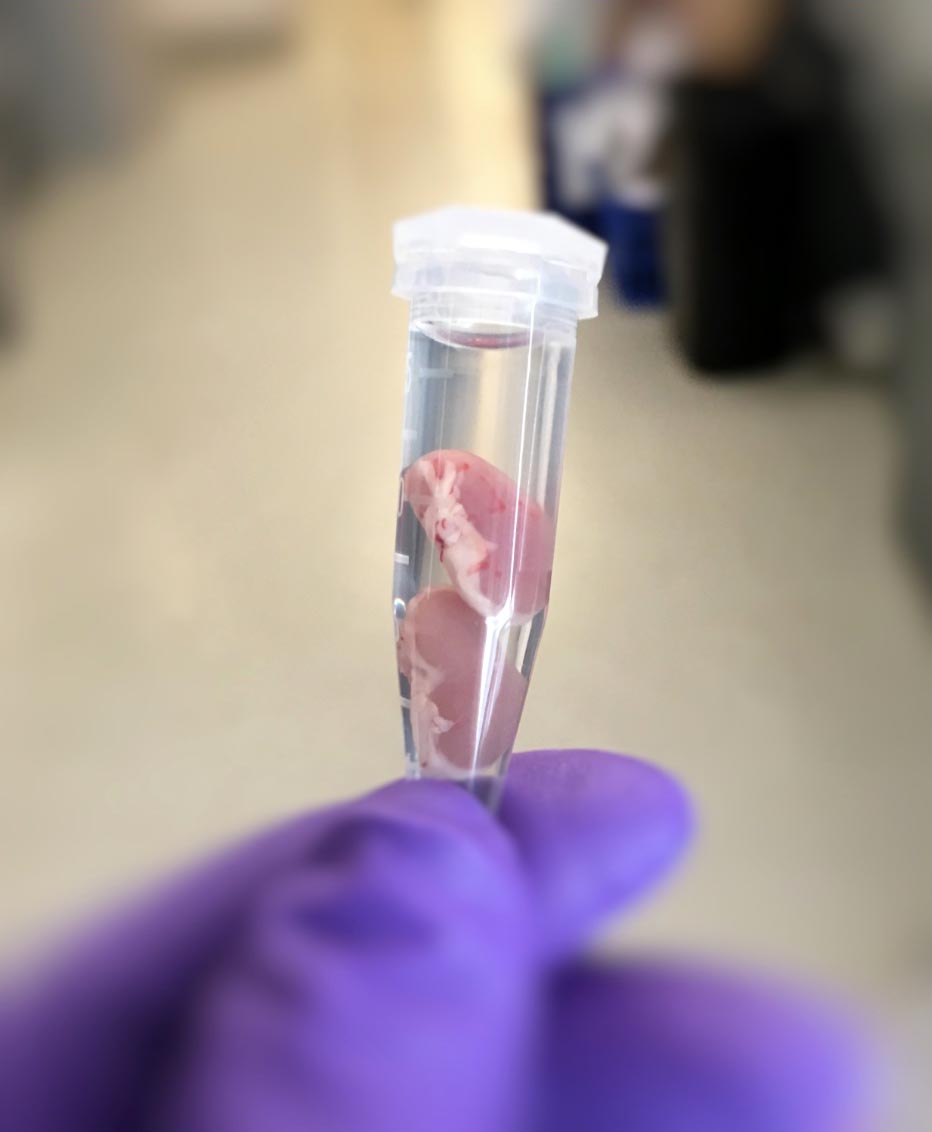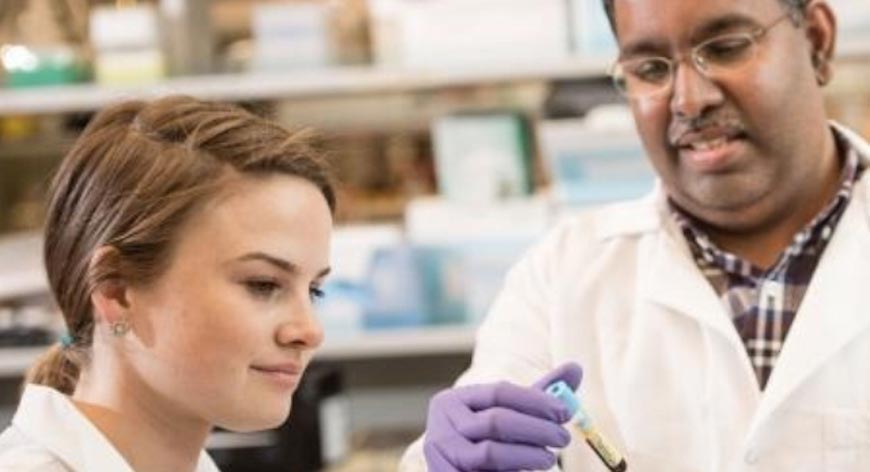
Organ transplantation is a very important part of biomedical engineering through which a very severe life could be saved by replacing their damaged organ with a healthy one that is being provided by a donor. The donor, in this case, may be a brain-dead person or a living person that gives the organ, and the one who receives the organ is called the recipient. We can say that, on average, a donor is able to save as much as 8 lives from dying due to organ failure. Most of the common organs that are being donated and transplanted with the help of modern technology mainly include the small bowel, pancreas, kidneys, liver, lungs, and heart.
Despite advancements in our modern technologies, there is a huge risk of rejection of organs by the recipient’s immune system while transplantation. The rejection or inflammation of a new organ by the immune system of the recipient’s body may increase the risk of organ failure and tends to the death of the patient. Many researchers have been working in their field to reduce or diminish the rejection criteria of the immune system for several decades. Recently, a team of researchers has discovered a very efficient technique through which the chances of organ rejection could be reduced during the process of transplantation. A special kind of polymer is being used by doctors to overcoat the blood vessels of the transplanting organ. Synthetic vascular grafting mainly uses polymers like polyurethane, Dacron®, and expanded polytetrafluoroethylene for engineering the blood vessels artificially in a human body.

CREDIT: PAUL JOSEPH/UBC
Dr. Jayachandran Kizhakkedathu (UBC Medicine Professor) along with his team developed this life-giving polymer and they succeeded in diminishing the rejection of the transplanted organs by the immune system of the recipient. This experiment was first conducted on the mouse in which the kidneys of the donor were successfully transplanted into the recipient’s body. This result made a milestone in the history of biomedical engineering. This will also inspire the researchers to enhance and maximize the lifespan and quality of the organ while preserving them.
Whenever any foreign object is introduced into a body, the immune system of the body starts attacking it due to which organ rejection is being observed while transplanting organs to the recipient’s body. Conventional techniques include drugging the patient during the process of transplantation that is helpful in preventing the immune system to reject the new organ in the body of the recipient. However, these drugs may leave severe side effects on the body of a person. Therefore, this polymer overcoating technique has a very high potential for eliminating any kind of drug requirement while transplanting the organ.
In nature, the reaction of the immune system over the body organ is prevented by the special kind of sugar that overcoat the blood vessels of any organ. But, when the organ is procured for transplantation, the process damages the sugar overcoat from the blood vessels that makes the organ prone to any kind of attack by the immune system of the body. The researchers worked upon mimicking this special kind of sugar overcoat by a polymer and an efficient way through which these polymers could be chemically applied to the blood vessels. These damaged sugar overcoats are replaced with these special kinds of polymer chemically on the blood vessels of the transplanted organ. In this way, these new organs are easily adapted by the body and it is also responsible for shielding the organ from the attacks of the immune system of the host.
Finally, the researchers at the UBC Transplant Facility succeeded in their research with the help of cell-surface engineering. The experiment conducted on the mice proved that this technique is long-term and very efficient to improve the resistance of the body towards any kind of rejection or inflammation during the process of transplantation. The ability and level of this special kind of polymer amazed the researchers in this field. However, human clinical trials for this technology may take some more time, but in few years there will be a chance where many lives could be saved from dying due to organ failure.
Hence, we conclude that this is the biggest milestone achievement in this field and will be very helpful for the individuals suffering from last stage organ failure. These brain-dead donors could save millions of lives in the future with minimum chances of transplant failure. These polymers also replace the usage of drugs while transplanting organs to the body of the recipient. This will help the recipient from suffering from the side effects of these harmful drugs. If an organ is kept outside the human body successfully for few hours, then the researchers could easily engineer these organs and may discover some amazing facts in the future. Complicated transplantations of hearts and lungs will be done in an efficient manner with the help of this technology.
Sources :














